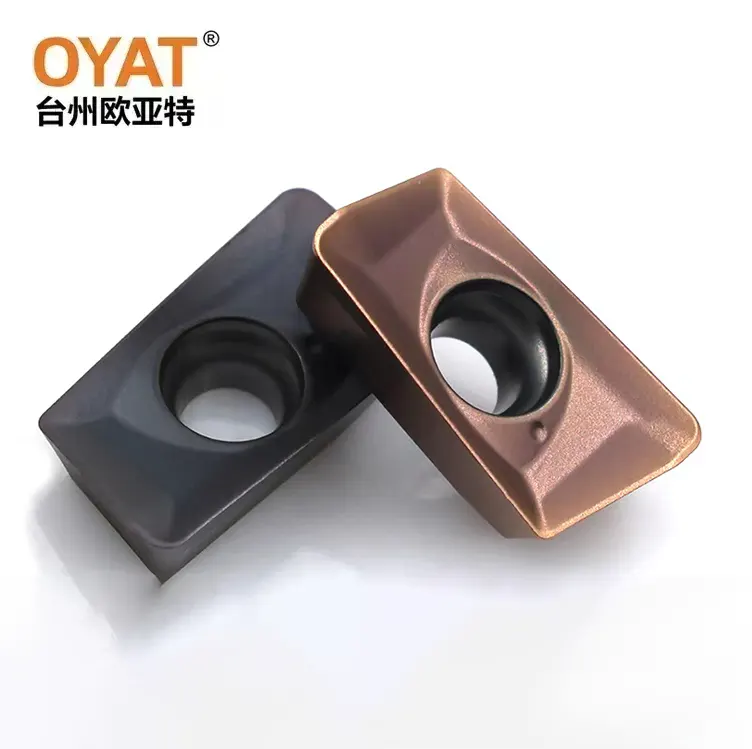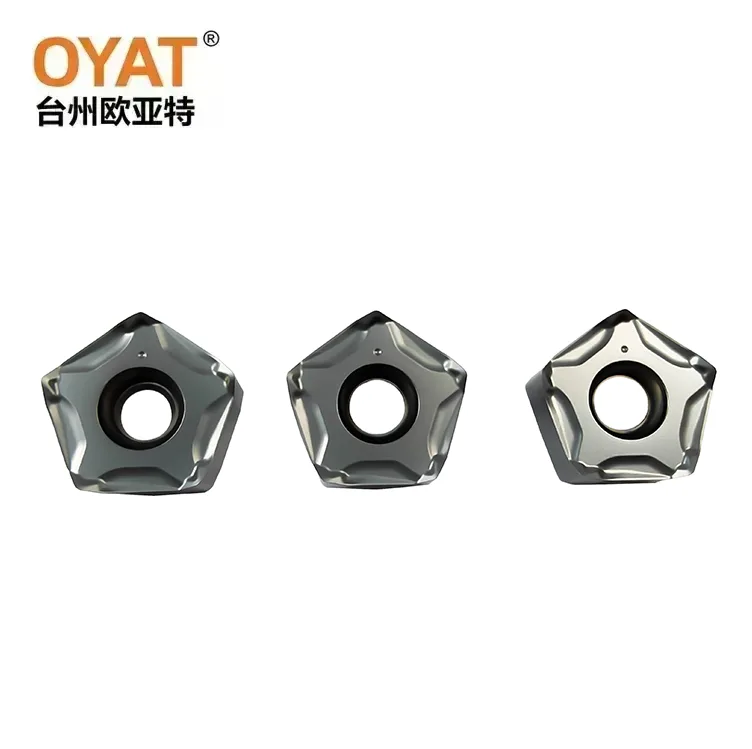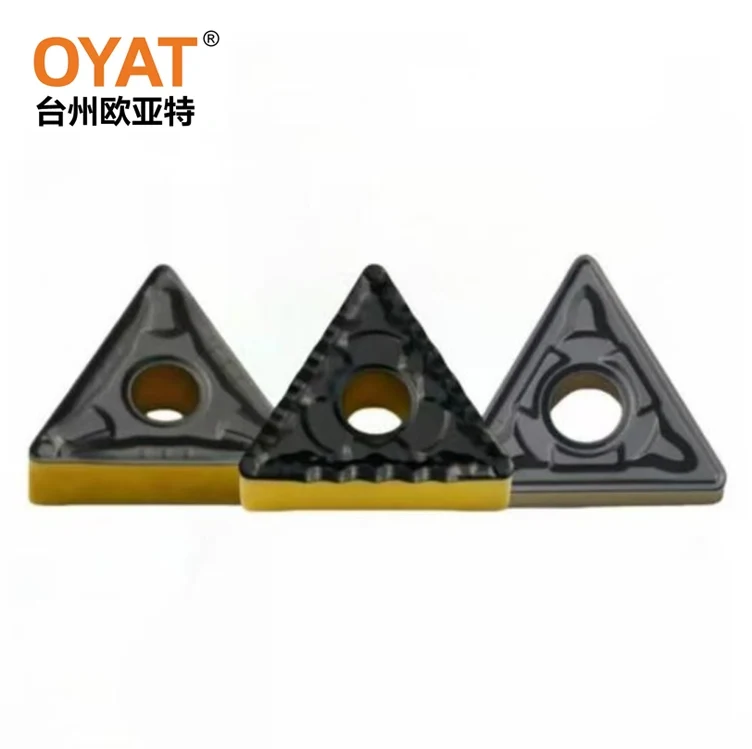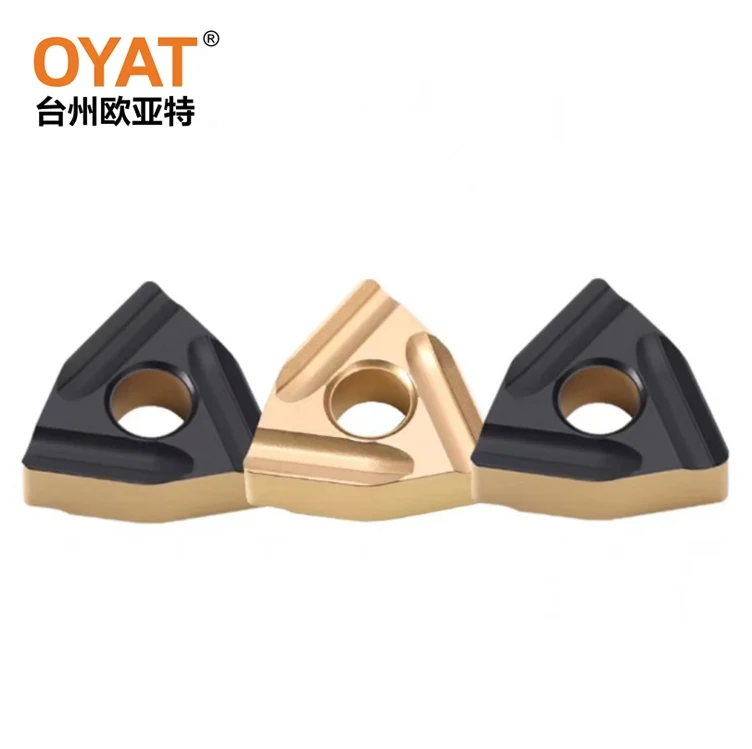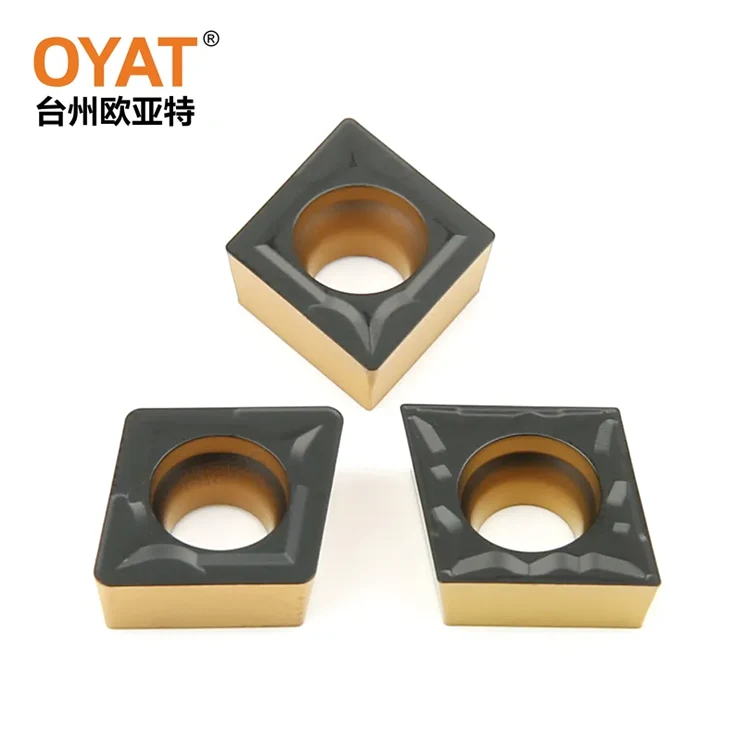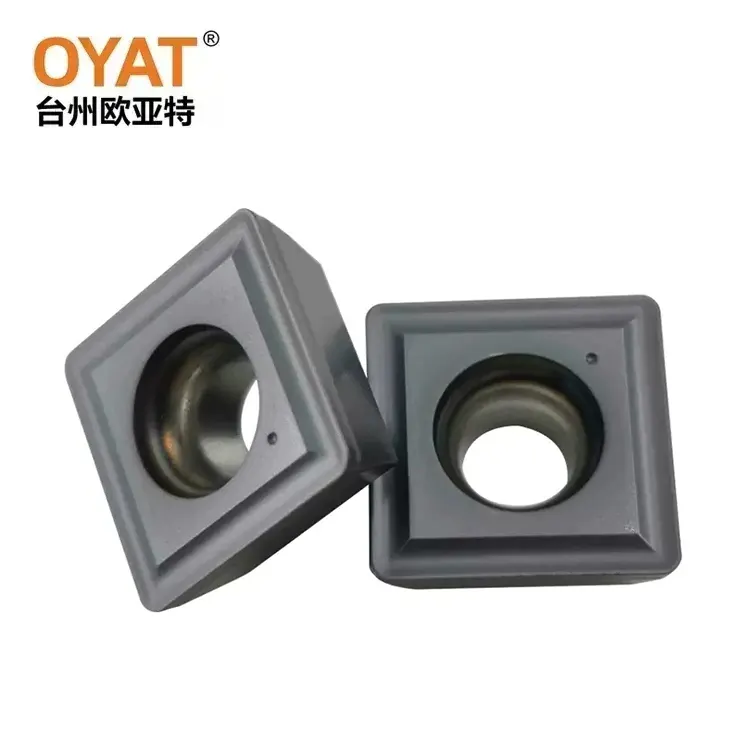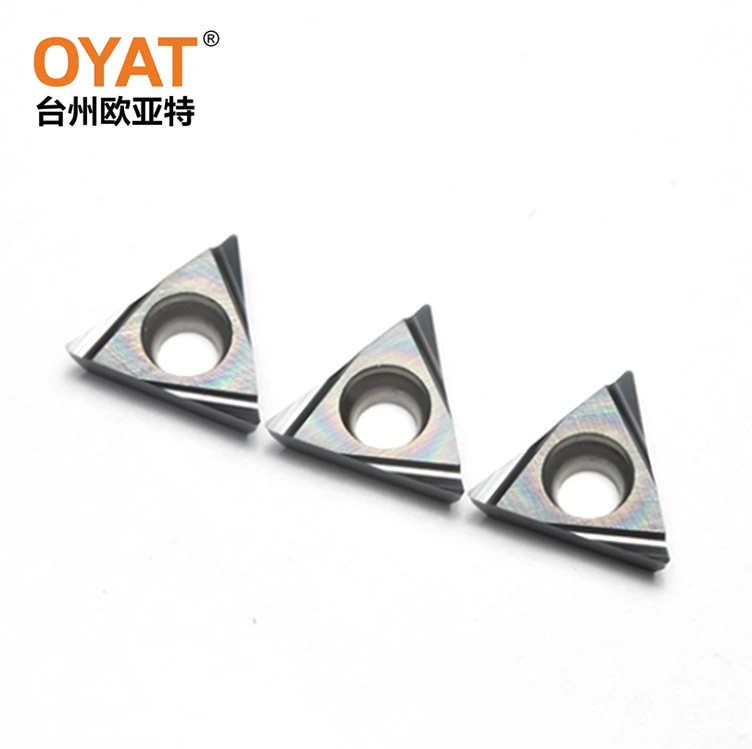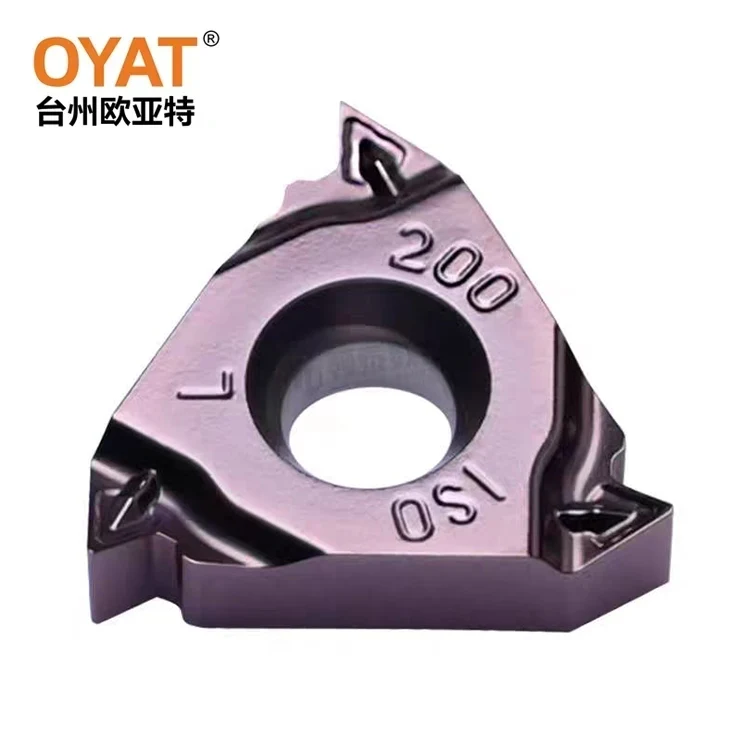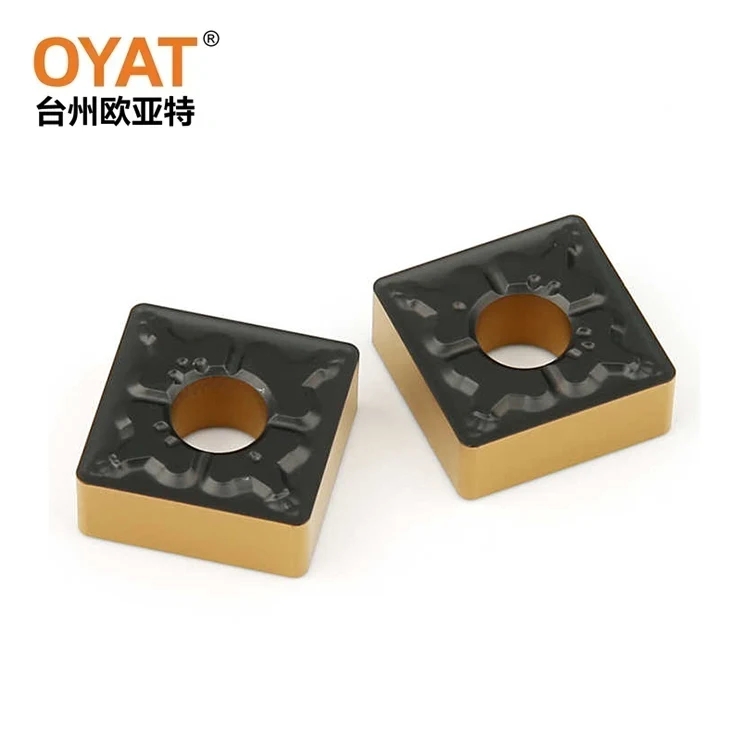Email Us
What are some common problems with milling inserts in production?
Milling inserts often encounter issues such as excessive wear, vibration with abnormal noise, and insufficient precision in production. Scientific responses can reduce failure rates and ensure machining stability.

Excessive wear of milling inserts is mostly due to improper parameter matching. When high-speed steel tools cut materials with hardness > HRC30, if the feed rate exceeds 0.2mm/r, built-up edges are prone to form on the cutting edge, accelerating wear. Solution: Replace with carbide tools, reduce the cutting speed to 80-120m/min, and add extreme pressure emulsion at the same time, which can extend the service life by more than 3 times.
Vibration problems stem from insufficient rigidity. When long-overhang milling inserts process deep cavities, if the amplitude exceeds 0.01mm, the surface texture will be substandard. It is necessary to thicken the shank diameter to 1.5 times the tool diameter, select tools with unequal pitch design, and cooperate with spindle dynamic balance correction (accuracy up to G2.5 level), which can reduce vibration by 60%.
Machining accuracy deviation is often related to the installation of milling inserts. When the runout of the face mill cutter head > 0.02mm, the flatness error will increase. A micrometer should be used to calibrate the cutter head to ensure the radial runout of the insert ≤ 0.01mm; replace the worn shank drawbar to ensure the taper contact area > 80%, improving clamping rigidity.
Edge chipping is mostly caused by inadequate cooling. When cutting cast iron, if the coolant does not reach the cutting edge directly, high temperature will increase the brittleness of the tool. Using internal cooling tools, spraying coolant to the cutting area at high pressure through the central hole with the flow rate controlled at 20-30L/min, can effectively avoid edge chipping and reduce downtime for tool changes.
Targeted measures for different issues can significantly improve the machining efficiency and product quality of milling inserts, providing strong support for reducing production costs and increasing efficiency.
- What Makes SPMT050204-DG Drilling Inserts a Game-Changer in Precision Machining?
- What Are V-type Turning Inserts and Why Should You Choose Them?
- What Makes Milling Inserts the Key to Precision and Productivity?
- TNMG type triangle cutting insert: precision design, high efficiency and multi-function.
- How to Choose the Right Drilling Inserts for Precision Machining
- Why Are Turning Inserts the Game-Changer in Modern Machining?
Contact Us
Jiangnan Village, Jiangkou Street, Huangyan District, Taizhou City, Zhejiang Province, China
Copyright © 2025 Taizhou Ouyate Tools Co., Ltd. All Rights Reserved. Powered by Qixin Cloud


